The Evolution of Flight Sim Hardware in 2024: Best Gear for Immersive Experiences
Introduction
The flight simulation community has always been on the cutting edge of Flight sim hardware technology, continuously pushing for gear that can create the most lifelike virtual flying experience possible. With new advancements in PC components, VR, and specialized peripherals, 2024 is an exciting time for enthusiasts who want to elevate their flight sims to new heights. In this post, we’ll explore the top advancements that are transforming the way we experience flight simulators, from ultra-realistic visuals to peripherals that mimic the feel of real-world cockpits.
1. Flight Sim Hardware – PC Components: Powering Realism and Performance

Modern flight simulators, particularly MSFS 2024, X-Plane 12, and DCS World, require substantial computing power to achieve high levels of realism. Here’s a breakdown of the latest PC components essential for immersive flight simming in 2024.
- Graphics Cards:
- NVIDIA 40-Series and AMD 7000-Series: The NVIDIA GeForce RTX 4080/4090 and AMD Radeon RX 7900 XTX are the premier choices for flight sim enthusiasts. These GPUs provide the necessary VRAM (16GB+), ray-tracing capabilities, and DLSS/FSR 3.0 upscaling technologies. For high-detail settings and smooth frame rates, especially in VR or 4K setups, these GPUs ensure detailed terrain, realistic lighting, and complex cockpit visuals.
- Mid-Tier Options: For those on a budget, the NVIDIA RTX 4060/4070 and AMD RX 7800 XT offer great performance in 1440p. While they don’t offer the same level of detail in VR as the higher-end cards, they’re solid choices for high settings with some adjustments.
- NVIDIA 40-Series and AMD 7000-Series: The NVIDIA GeForce RTX 4080/4090 and AMD Radeon RX 7900 XTX are the premier choices for flight sim enthusiasts. These GPUs provide the necessary VRAM (16GB+), ray-tracing capabilities, and DLSS/FSR 3.0 upscaling technologies. For high-detail settings and smooth frame rates, especially in VR or 4K setups, these GPUs ensure detailed terrain, realistic lighting, and complex cockpit visuals.
- Central Processing Unit (CPU):
- AMD Ryzen 7000-Series X3D and Intel 13th Gen: With simulators relying heavily on CPU power for physics and real-time calculations, high clock speeds and cache are essential. AMD Ryzen 7 7800X3D with its 3D V-Cache is particularly adept at handling the intense physics in X-Plane 12 and MSFS. Intel’s i9-13900K is another top contender, especially for users who want all-around performance and multi-threading capabilities.
- Mid-Range Alternatives: Ryzen 5 7600X and Intel i5-13600K provide great price-to-performance ratios for flight sims on high settings without the ultra demands of VR or 4K setups.
- AMD Ryzen 7000-Series X3D and Intel 13th Gen: With simulators relying heavily on CPU power for physics and real-time calculations, high clock speeds and cache are essential. AMD Ryzen 7 7800X3D with its 3D V-Cache is particularly adept at handling the intense physics in X-Plane 12 and MSFS. Intel’s i9-13900K is another top contender, especially for users who want all-around performance and multi-threading capabilities.
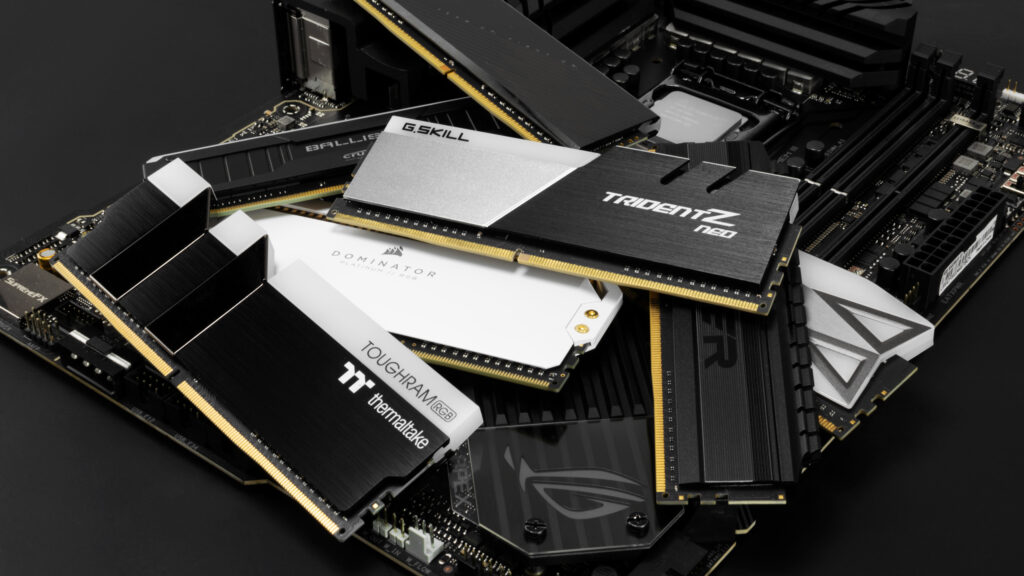
- Memory (RAM):
- 32GB DDR5 at 6000MHz+: Most modern flight sims perform best with a minimum of 32GB of high-speed DDR5 RAM, as simulators like MSFS rely on memory bandwidth to manage scenery loading and aircraft systems.
- 64GB for High-Resolution or Multi-Monitor Setups: For users with 4K resolutions, VR, or multi-monitor configurations, 64GB can prevent memory bottlenecks during long flights or in high-traffic environments.
- Storage:
- NVMe SSDs (PCIe 4.0): The load times and scenery loading can be greatly improved by using high-speed NVMe SSDs. MSFS and DCS benefit from faster storage, reducing texture pop-in and stutters. New PCIe 4.0 NVMe drives such as Samsung 990 Pro and WD Black SN850X are ideal for managing large textures and real-time streaming of terrain data.
- Latest CPU’s Available Now – Amazon.com
- Get a NEW GPU Best Performance – AMAZON.com
- Upgrade RAM Here today – AMAZON.com
- Prebuilt PC Options – AMAZON.com
2. Flight Sim Hardware – VR Hardware: Taking Immersion to the Next Level
VR Flight sim hardware is redefining the boundaries of flight sim realism. In 2024, VR hardware advancements offer immersive depth perception, precise cockpit interaction, and enhanced spatial awareness.

- Top VR Headsets:
- Meta Quest 3: This headset offers improved resolution, inside-out tracking, and a wider field of view (FOV), all in a wireless setup. Coupled with Air Link or Oculus Link for PCVR, it provides an impressive balance of clarity and performance for flight sims.
- HP Reverb G2: Known for its 2160×2160 resolution per eye, the Reverb G2 is popular for cockpit clarity in MSFS and DCS. Its inside-out tracking and native support on Windows Mixed Reality make it accessible and ideal for sim users prioritizing high-resolution visuals.
- Pimax Crystal: Featuring a wide FOV and an impressive 5760×2880 per-eye resolution, the Pimax Crystal is a top choice for those seeking maximum immersion. However, it requires a powerful GPU like the RTX 4090 to handle the intense resolution demands.
- Meta Quest 3: This headset offers improved resolution, inside-out tracking, and a wider field of view (FOV), all in a wireless setup. Coupled with Air Link or Oculus Link for PCVR, it provides an impressive balance of clarity and performance for flight sims.
- VR Optimization Tips:
- Supersampling and Resolution Scaling: Adjusting supersampling can provide sharper visuals in VR, especially in cockpit details, though it requires significant GPU power. Setting supersampling around 1.2–1.5x for high-end GPUs gives a balanced visual boost without excessive frame drops.
- Asynchronous Spacewarp (ASW) and Motion Smoothing: For smooth, artifact-free VR experiences, enabling ASW in Meta/Oculus or Motion Smoothing in SteamVR can reduce stutters during complex maneuvers, helping maintain 45 FPS in VR.
- Supersampling and Resolution Scaling: Adjusting supersampling can provide sharper visuals in VR, especially in cockpit details, though it requires significant GPU power. Setting supersampling around 1.2–1.5x for high-end GPUs gives a balanced visual boost without excessive frame drops.
3. Peripherals for Realism: Flight Controls and Cockpit Accessories
No flight sim setup is complete without realistic flight controls, and 2024 offers an array of sophisticated peripherals that bring virtual cockpits to life.
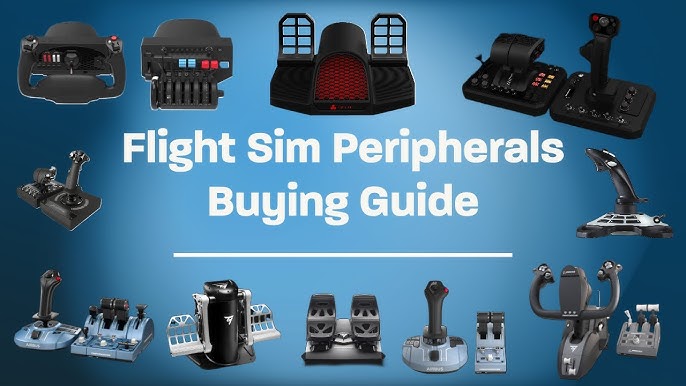
- HOTAS (Hands-On Throttle and Stick) Systems:
- Thrustmaster Warthog HOTAS: Based on the A-10C, this system remains one of the best for DCS World. Its sturdy construction and precise response make it ideal for combat and general aviation alike.
- Honeycomb Alpha and Bravo: The Honeycomb series offers both a yoke and throttle quadrant that are highly responsive and durable. With switches and customizable levers, they’re perfect for general aviation enthusiasts who want to simulate everything from Cessnas to airliners.
- Thrustmaster Warthog HOTAS: Based on the A-10C, this system remains one of the best for DCS World. Its sturdy construction and precise response make it ideal for combat and general aviation alike.
- Rudder Pedals:
- Thrustmaster TPR Pendular Rudder Pedals: These pedals use magnetic sensors for accuracy and a pendular mechanism, offering an authentic feel of rudder input and toe brakes.
- Logitech Pro Flight Rudder Pedals: A more budget-friendly option, these pedals are precise and well-suited for both military and civilian sims. Adjustable tension makes them adaptable to any flying style.
- Thrustmaster TPR Pendular Rudder Pedals: These pedals use magnetic sensors for accuracy and a pendular mechanism, offering an authentic feel of rudder input and toe brakes.
- Multi-Function Displays (MFDs):
- Thrustmaster MFD Cougar Pack: These customizable displays allow DCS and MSFS users to bring navigation, radar, and other MFD functions into the physical world, adding to immersion.
- DIY MFDs with Tablets: For a cost-effective solution, consider using tablets with MFD software apps. Apps like Air Manager and Simionic simulate real aircraft MFDs, useful for X-Plane and MSFS.
- Thrustmaster MFD Cougar Pack: These customizable displays allow DCS and MSFS users to bring navigation, radar, and other MFD functions into the physical world, adding to immersion.
- Motion Platforms and Haptic Feedback:
- Next Level Racing Motion Platform v3: For true immersion, motion platforms simulate aircraft movement and vibrations. This system can integrate with MSFS and DCS, providing feedback on maneuvers and turbulence.
- Buttkicker Gamer Plus: This haptic feedback device enhances immersion by generating vibrations in sync with engine rumble, gunfire, and touchdown sensations in MSFS and DCS, bringing a tangible feel to virtual flights.
- Next Level Racing Motion Platform v3: For true immersion, motion platforms simulate aircraft movement and vibrations. This system can integrate with MSFS and DCS, providing feedback on maneuvers and turbulence.
4. Flight Sim Hardware – Accessories for Cockpit Environment Enhancement
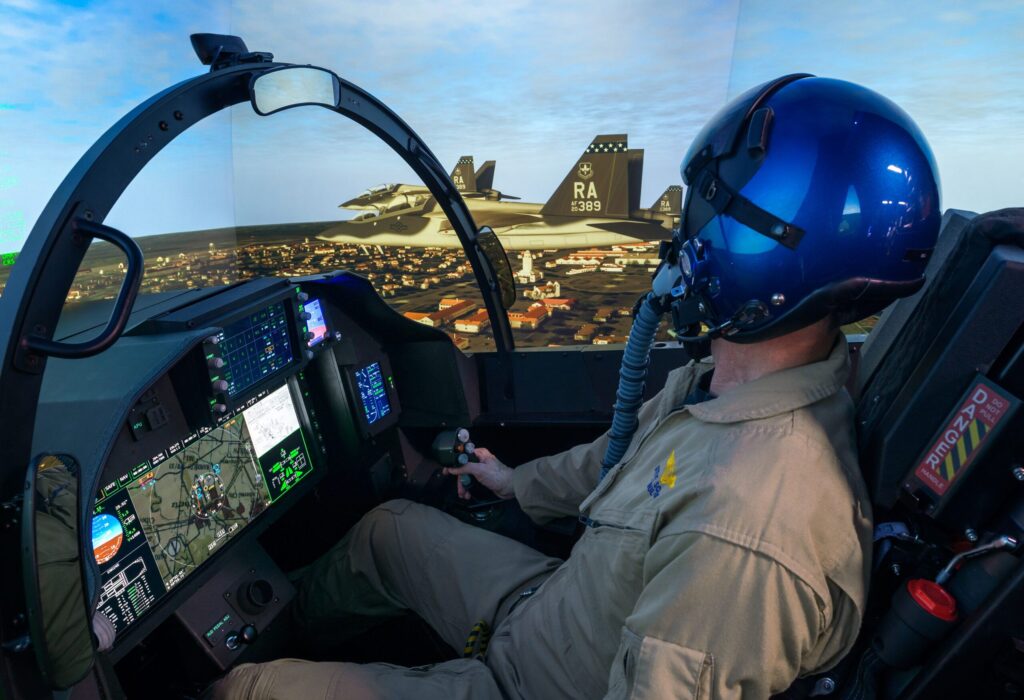
Flight sim hardware accessories like panels, button boxes, and custom gauges add authenticity to the flight sim experience. Here are some of the latest in 2024:
- Stream Deck for Flight Sim Control:
- Elgato Stream Deck: With customizable buttons and icons, the Stream Deck can be configured to manage multiple flight functions. This is particularly helpful in DCS World where complex functions like weapon systems, radar modes, and camera views can be mapped to the Stream Deck.
- Touch Portal (Tablet Alternative): An alternative to physical button boxes, Touch Portal on a tablet allows users to create virtual buttons, ideal for aircraft controls in MSFS and X-Plane.
- Elgato Stream Deck: With customizable buttons and icons, the Stream Deck can be configured to manage multiple flight functions. This is particularly helpful in DCS World where complex functions like weapon systems, radar modes, and camera views can be mapped to the Stream Deck.
- DIY Cockpit Builds:
- Arduino-Based Instruments: For tinkerers, Arduino kits can be used to build custom cockpit displays, switches, and gauges that sync with X-Plane and MSFS. Online communities offer guides to create everything from altitude dials to flap levers.
- 3D Printing Cockpit Components: Enthusiasts are now 3D printing custom knobs, buttons, and instrument panels to enhance their setups. For minimal cost, you can create replicas of everything from a Cessna yoke to an F-18 throttle handle.
- Arduino-Based Instruments: For tinkerers, Arduino kits can be used to build custom cockpit displays, switches, and gauges that sync with X-Plane and MSFS. Online communities offer guides to create everything from altitude dials to flap levers.
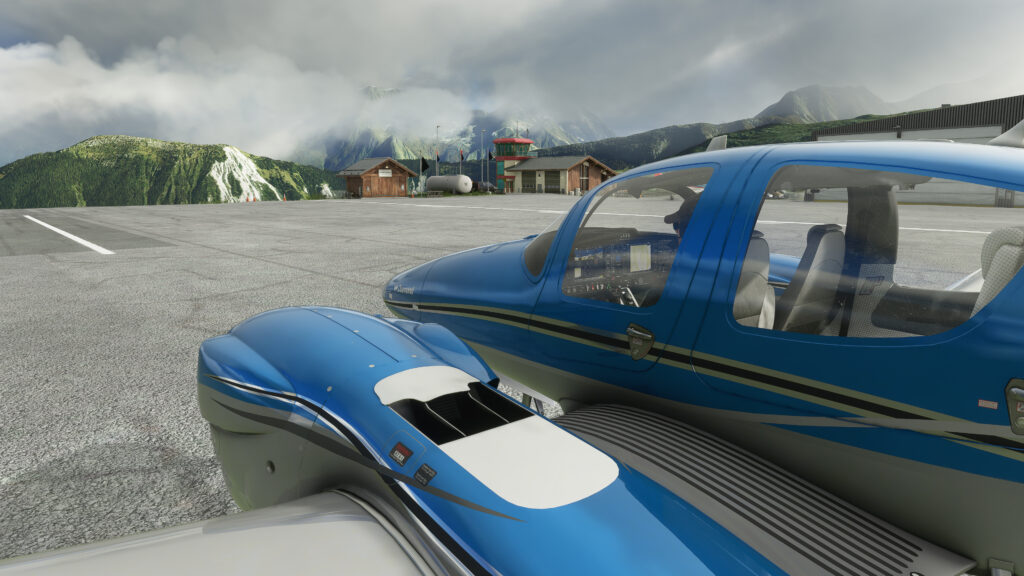
5. Audio Solutions: High-Quality Soundscapes for Realism
Audio is a critical component of the immersion experience, and 2024 offers several solutions that bring cockpit sounds to life.
- Dedicated Sim Audio Mixers:
- A dedicated audio mixer, like the GoXLR, allows simmers to balance ATC, engine sounds, and cockpit alerts independently, improving immersion and clarity.
- Spatial Audio Solutions: Products like Dolby Atmos for Headphones enhance spatial audio, making it easier to locate sounds in a 3D environment. Perfect for DCS World, where situational awareness is crucial.
- A dedicated audio mixer, like the GoXLR, allows simmers to balance ATC, engine sounds, and cockpit alerts independently, improving immersion and clarity.
The Complete Beginner’s Guide to DCS World
Welcome to the world of Digital Combat Simulator (DCS World), the ultimate flight combat simulation that brings the thrill of…
Comparing Real World Aviation Procedures to Flight Sim Techniques.
Flight simulators have grown into sophisticated training tools, bridging the gap between virtual flight and real-world aviation….
Mastering Dogfighting in DCS World and Falcon BMS: Max-Perform Your
This post covers essential techniques, cues, and parameters that new combat pilots need to dominate close-range dogfights in DCS World…

Full Guide: DCS Balkans Map + All Upcoming DCS World
Full Guide: DCS Balkans Map + All Upcoming DCS World Modules. Summary: Eagle Dynamics and OnReTech have officially announced DCS: Balkans,…
DCS World T-45 Goshawk Formation Flying for Beginners Tutorial .
Military Formation Flying in DCS: Your First Flight in the T-45 Goshawk. So, you’ve got your wings (virtually speaking), strapped into…
DCS WORLD T-45 Goshawk EASY Navigation for Beginners.
DCS WORLD T-45 Goshawk EASY Navigation for Beginners is simply that. We do our planning in the DCS World Editor…
How the U.S. Navy Trains Jet Pilots: A Complete T-45
Welcome to Letsflyvfr.com guide to T-45C Goshawk Training – How the U.S. Navy Trains Jet Pilots so you can train…
DCS WORLD – The MB-339 by IndiaFoxtEcho: A Complete Overview.
The MB-339 occupies a very particular niche in DCS World: it’s not a fighter, not a frontline attack jet, but…
How to Move DCS World to Another Drive – Tutorial.
Moving DCS World off your Windows drive is a great way to free up space especially with DCS now taking…
- Joystick / HOTAS – AMAZON.com
- Rudder Pedals – AMAZON.com
- Throttle Quadrant – AMAZON.com
- Gaming Chair – AMAZON.com
- VR Headset – AMAZON.com
Conclusion
As the flight simulation industry & flight sim hardware evolves, so does the technology that powers our virtual experiences. From cutting-edge VR headsets to realistic peripherals and advanced PC hardware, 2024 brings a wealth of options that can transform your home setup into a cockpit. Whether you’re a commercial aviation enthusiast or a combat pilot in training, the latest gear can significantly improve realism, precision, and immersion. The future of flight simulation is now—embrace these advancements and take your virtual aviation experience to new heights.
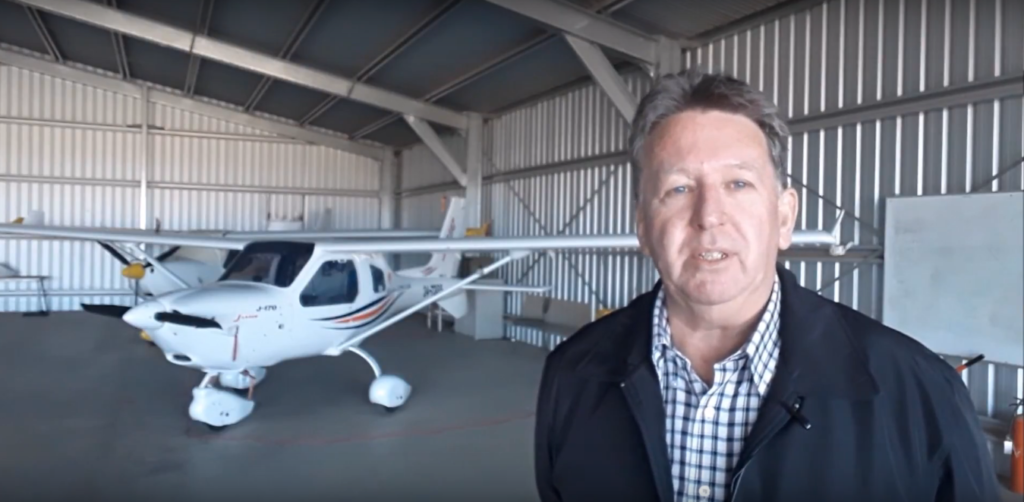
Author
Brendon McAliece (Aka Gunnie) is a military veteran with 23 years working on Jet Fighters, their weapons systems and ejection seat/module systems as well as munitions and R&D. Involved with flight simulation since the 1980s, he has flown all the major flight simulators over the years.
He is an Australian expat who has lived in Malaysia, UK, Saudi Arabia and more recently Thailand. He is a multi-lingual blogger who loves to share his life experiences here on LetsFlyVFR.com and DreamingGuitar.com, with his lifestyle and Travel experiences Blog plus his Dreaming Coffee website.
Learn More @ DreamingGuitar.com – DreamingCoffee.com – LetsFlyVFR.com
( HOME – BLOG – SHOP – ABOUT )
As an Amazon affiliate I may benefit from qualifying sales.

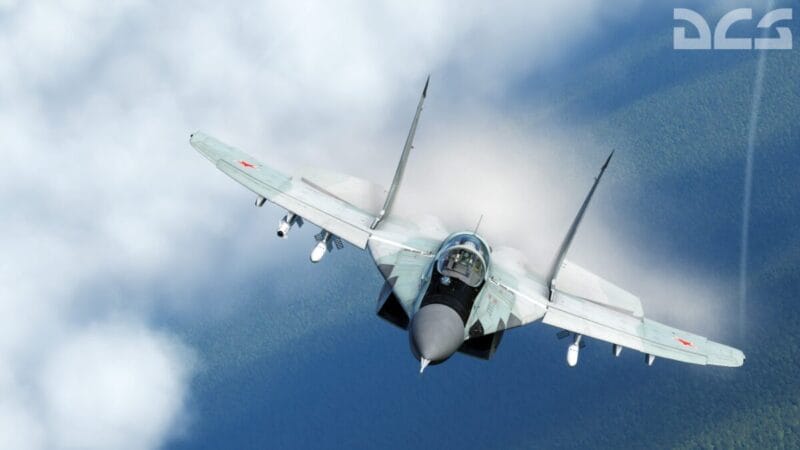
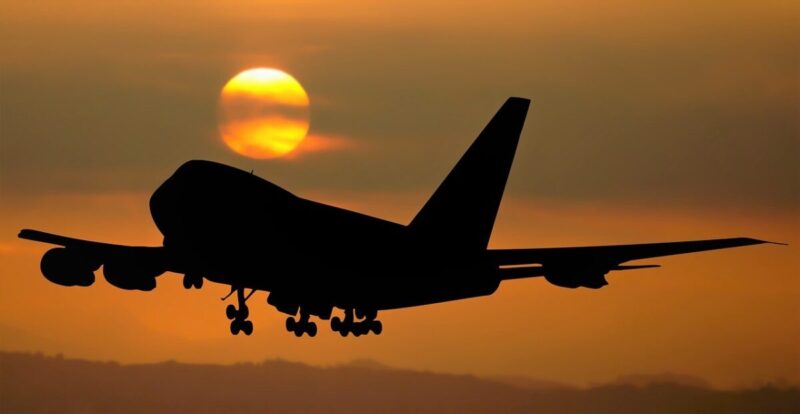
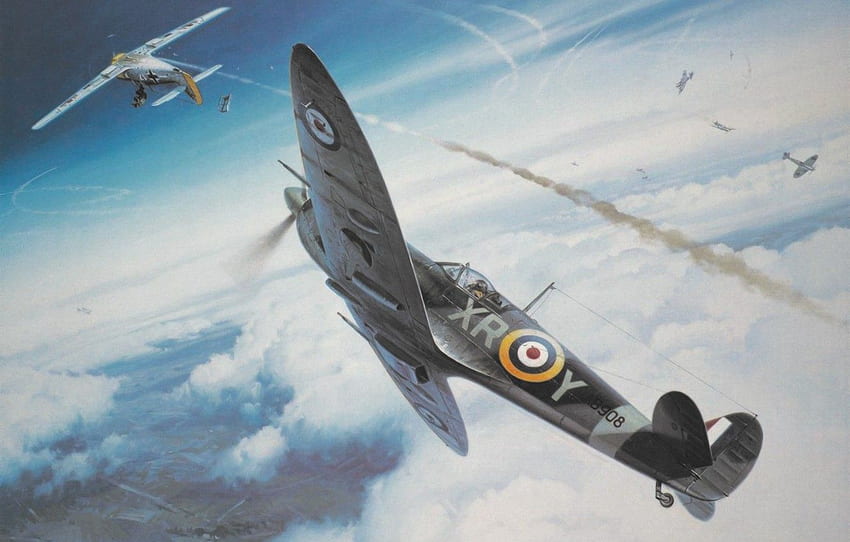

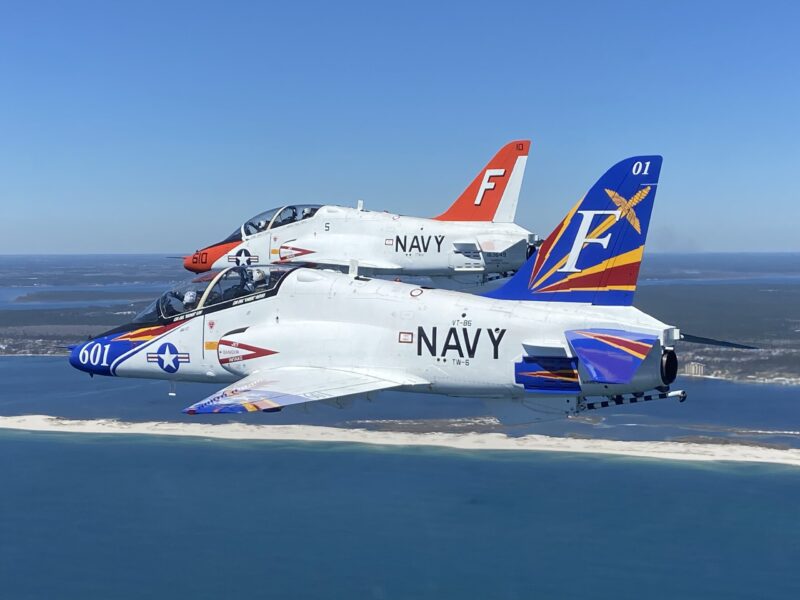

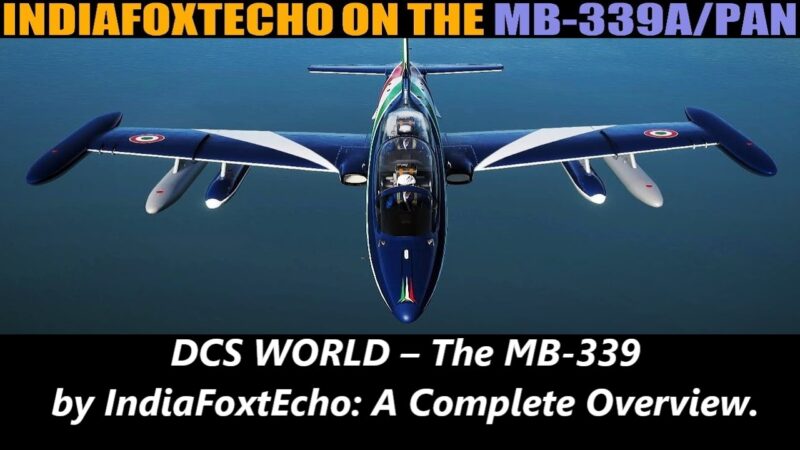

3 responses to “The Evolution of Flight Sim Hardware in 2024: Best Gear for Immersive Experiences”